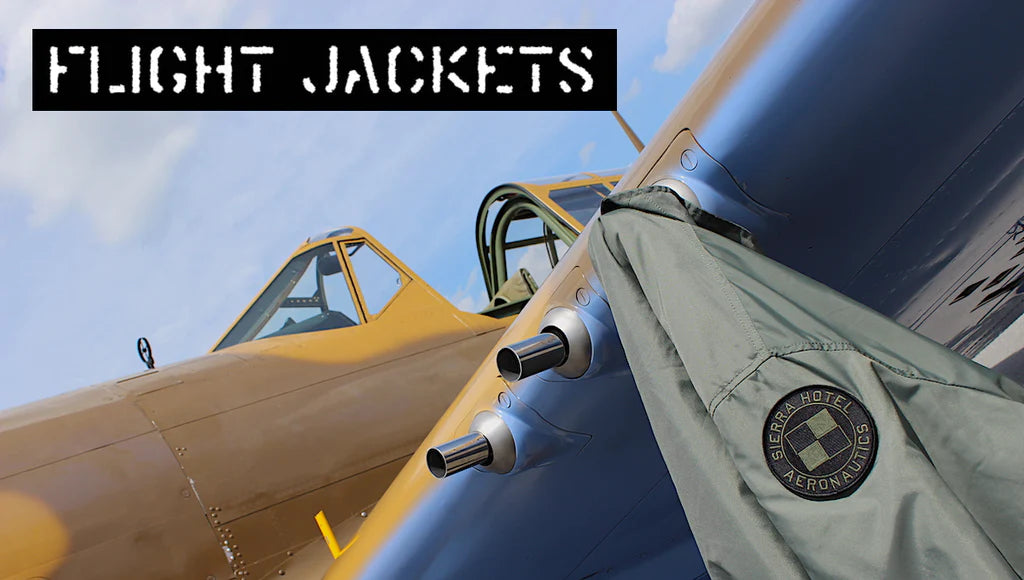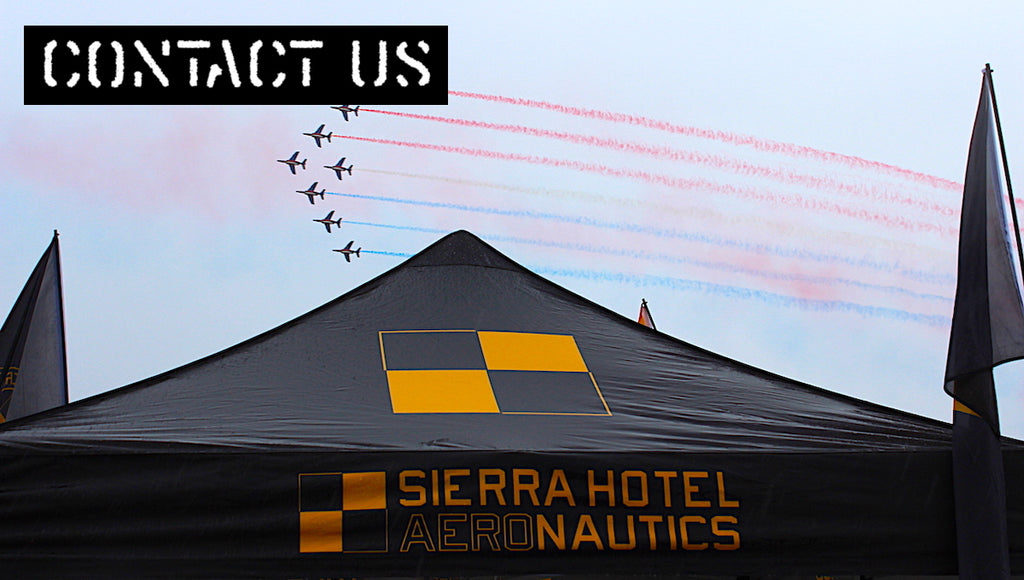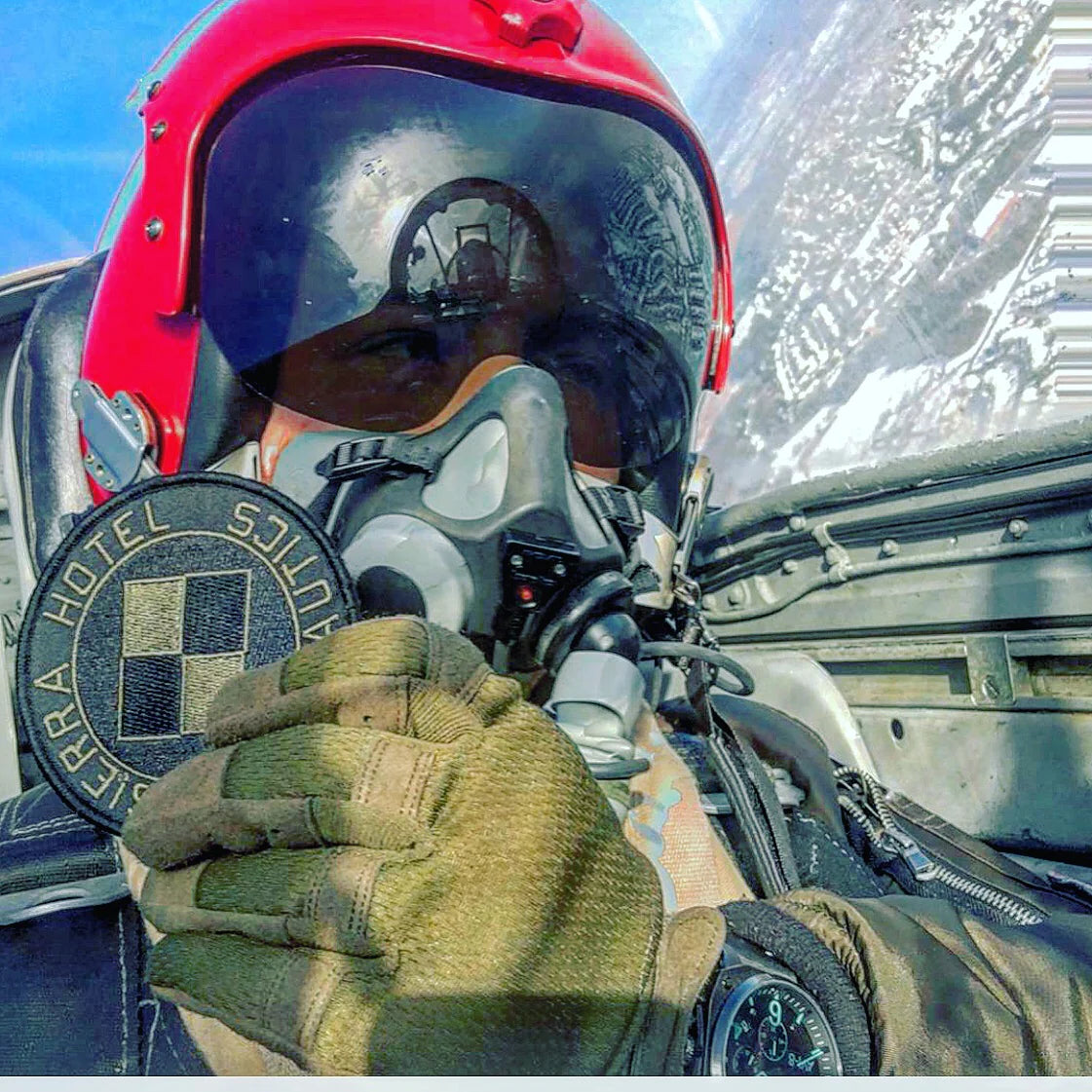As a part of sharing history, we like to remind people that everyone is only human...even the giants of aviation history have experienced a less than stellar moment just like the rest of us.
On September 3, 1951, as a newly minted naval aviator, Ensign Neil Armstrong was flying an armed reconnaissance mission over the primary transportation and storage facilities south of the village of Majon-ni, west of Wonsan, North Korea. Armstrong was executing a low-level bombing run while dodging anti-aircraft fire, at approximately 350 mph when he suddenly felt something violently impacting his aircraft. What poor Armstrong felt was the work of the North Koreans, who kindly left a booby trap cable that ran across the valley to snare American fighter aircraft. Sadly, and most unexpectedly, Armstrong was one of the unlucky ones who flew directly into the cable trap, shearing off 6 feet of his wing during the impact.
While there was heavy anti-aircraft fire in the area, Armstrong's aircraft managed to escape enemy ground fire and limped back to base with one wing a whole 6 feet shorter than the other.
.
Pictured below: Two U.S. Navy Grumman F9F-2 Panther jets from Fighter Squadron 51 (VF-51) "Screaming Eagles" assigned to Carrier Air Group 5 (CVG-5) aboard the aircraft carrier USS Essex (CV-9) The pilot of the lead plane ("S-107") was Lt.JG George Russell, "S-116" was flown by Ens. Neil Armstrong.
Neil Armstrong was involved in several incidents that went down in Edwards folklore and/or were chronicled in the memoirs of colleagues. The first was an X-15 flight on April 20, 1962, when Armstrong tested a self-adjusting control system. He flew to a height of 207,000 feet (the highest he flew before Gemini 8), but he held the aircraft nose up too long during descent, and the X-15 bounced off the atmosphere back up to 140,000 ft. At that altitude, the atmosphere is so thin that aerodynamic surfaces have almost no effect.
Poor Neil flew past the landing field at Mach 3, over 100,000 feet altitude, and ended up 40 miles south of Edwards (legend has it that he flew as far as the Rose Bowl). After sufficient descent, he turned back toward the landing area and barely managed to land without striking Joshua trees at the south end. It was the longest
X-15 flight in both time and distance of the ground track.
Only four days later, Armstrong was involved in a second incident when he flew for the only time with Chuck Yeager. Their job, flying a Lockheed T-33 Shooting Star, was to evaluate Smith Ranch Dry Lake for use as an emergency landing site for the X-15. In his autobiography, Yeager wrote that he knew the lake bed was unsuitable for landings after recent rains, but Armstrong insisted on flying out anyway. As they attempted a touch-and-go, the wheels became stuck, and they had to wait for rescue. Armstrong tells a different version of events, where Yeager never tried to talk him out of it, and they made a first successful landing on the east side of the lake. Then Yeager told him to try again, this time a bit slower. On the second landing, they became stuck, and according to poor Neil, Yeager was in fits of laughter.

On May 21, 1962, Armstrong was involved in what Edwards' folklore called the "Nellis Affair". He was sent in a Lockheed F-104 Starfighter to inspect Delamar Dry Lake again for emergency landings. He misjudged his altitude and did not realize that the landing gear had not fully extended. As he touched down, the landing gear began to retract. Armstrong applied full power to abort the landing, but the ventral fin and landing gear door struck the ground, damaging the radio and releasing hydraulic fluid. Without radio communication, Armstrong flew to Nellis Air Force Base, past the control tower, and waggled his wings, the signal for a no-radio approach. The loss of hydraulic fluid caused the tail hook to release, and upon landing, he caught the arresting wire attached to an anchor chain and dragged the chain along the runway.
It took thirty minutes to clear the runway and rig an arresting cable. Armstrong telephoned Edwards and asked for someone to collect him. Milt Thompson was sent in an F-104B, the only two-seater available, but a plane Thompson had never flown. Thompson made it to Nellis with great difficulty, but a strong crosswind caused a hard landing, and the left main tire suffered a blowout. The runway was again closed to clear it, and Bill Dana was sent to Nellis in a T-33 Shooting Star, but he almost landed long — and the Nellis base operations office decided that to avoid any further problems, it would be best to find the three NASA pilots ground transport back to Edwards.
Three damaged aircraft, two closed runways, and, in the end, delivered back to base in a truck...If the first man to walk on our Moon can experience a bad day, then I guess the rest of us can forgive ourselves when we drop the ball once in a while.

May 6th, 1968; astronaut Neil A. Armstrong took off on a simulated lunar landing mission in Lunar Landing Research Vehicle #1 (LLRV-1) at Ellington Air Force Base near
the Manned Spacecraft Center (MSC) in Houston, in his 22nd flight of the test vehicle. Approximately five minutes into the flight, a loss of helium pressure caused depletion of the hydrogen peroxide used for the reserve attitude thrusters, and the LLRV quickly departed from controlled flight. Armstrong elected to eject at 200 feet above the ground. The LLRV crashed and burned on impact, with Armstrong safely descending to Earth under his parachute.
.
“(The LM) Eagle flew very much like the Lunar Landing Training Vehicle, which I had flown more than 30 times…. I had made from 50 to 60 landings in the trainer, and the final trajectory I flew to the landing was very much like those flown in practice. That of course, gave me a good deal of confidence – a comfortable familiarity.” Summarizing its usefulness to the Apollo training program, Armstrong said: “It was a contrary machine, and a risky machine, but a very useful one.”
.





















Buzz Aldrin who flew with Neil Armstrong aboard Apollo 11’s “Eagle” in the first landing on the Moon, said after news of Armstrong’s death reached him years later, that he was the best pilot Aldrin ever flew with.
Thank you
Leave a comment